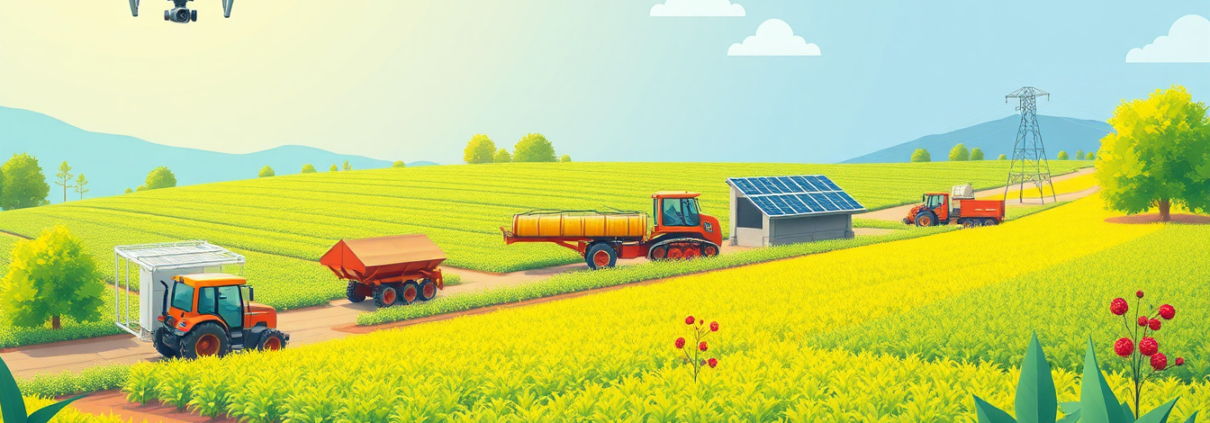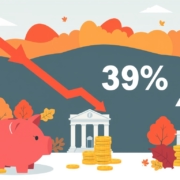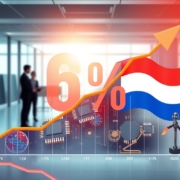🚜 The Role of Technology in Achieving Sustainable Agricultural Practices 💡
Sustainable farming is a big challenge around the world. It needs a balance between growing enough food and cutting harm to nature. The talk is complex and often sparks debate when rules, nature, and the work of farmers meet.
Understanding the Current Agricultural Challenge
In Canada, a new rule aims to cut nitrous oxide from farms, much like a move made in the Netherlands. This gas comes mostly from fertilizers used in farming. The rule asks for strict cuts without a look at food output. Farmers and regions push back and ask that gas be measured against food yield.
- Environmental aims: Cutting greenhouse gases and guarding local land.
- Food security and steady incomes: Growing enough food for all and keeping farmers in work.
The Complexity of Absolute vs. Relative Emissions
Insisting on fixed cuts is like saying zero deaths are needed in road safety, even if that means slowing cars to a nearly standstill. A goal of zero speed would stop work and travel. In the same way, strict cuts without looking at food output could drop harvests, harm farmers’ incomes, and upset food supplies. The trade-off is clear: rules must find a fair balance instead of chasing strict targets that bring harm.
Technology’s Role in Striking this Balance
Farming can use tech to cut gas while keeping good harvests. For example, smart tools help farmers use fertilizer where and when it counts, which cuts nitrous oxide. New seeds and smart controls help crops grow strong and resist tough weather. In some regions like parts of Africa, low energy stops modern farming. More green power helps farmers use fresh, modern tools.
The Broader Global Context
Many people risk hunger because of climate shifts, low fertilizer, and money gaps. This risk can hit society hard and force people to move from their homes. Past and even present rules have sometimes held back regions—especially in Africa—from growing enough food by blocking energy and modern tools. Global plans must change:
- Help people climb out of poverty so they can grow food and trade.
- Invest in new tools and systems that give farmers the power to work well.
- Make smart rules that think about nature, money, and people all at once.
Conclusion
Tech stands at the heart of making farming green without losing food yields. Its use must be guided by rules that see trade-offs and do not force strict cuts. These rules must care for both nature and people’s work. They must support more power and new tools in areas that need help. They must let farmers share ideas on making rules that work for all.
Only by mixing smart tech with balanced plans can the world feed people while caring for the land.
FAQs
Q1: Why is it difficult to balance emission cuts and food production in farming?
It is hard because cutting gas may mean using less fertilizer or changing old ways, which can lower harvests. Law makers must weigh nature’s safety against the need for enough food.
Q2: How can tech help cut farming’s harm to nature?
Smart tools help farmers put fertilizer only where needed, improved seeds help crops grow strong, and green power drives modern machines. Each tool makes food production more steady and fair.
Q3: What happens worldwide if farming does not go green?
Missing this goal could mean many people go hungry, farmers lose jobs, poverty grows, and people move far away. It may also let one part of the world suffer more than another.









